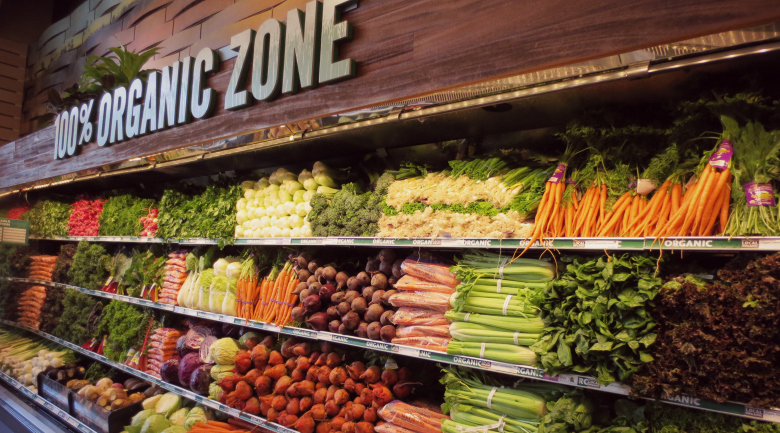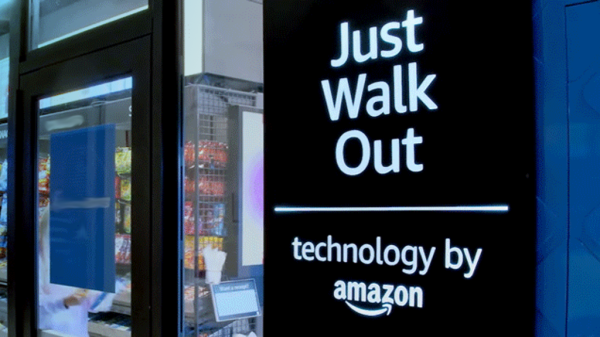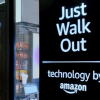Amazon’s acquisition is bringing a new following to Whole Foods. Unfortunately for the competition, this new following is mostly made up of their prior customers.
According to recent data collected from Thasos Group, a shift in customers has started ever since Amazon took over Whole Foods.
Thasos Group is a research firm that uses mobile phone location data to track where people are going. Though this sounds shady, everyone they track has given their permission through apps that ask for the same information.
Thasos has the ability to track over 30 million people. They used their data to find out which customers were visiting Whole Foods for the first time, and where else they most frequently shopped.
In the past, Whole Foods has gotten a bad reputation for overcharging.
Though they have made some alterations to ensure competitive and fair pricing, the chain still caters to those seeking out a variety of organic choices, which often means that the prices will be higher.
The results found from Thasos tracking was that most of the new shoppers at Whole Foods averaged the same income level as the current customers, which is around $77,000/year.
Those switching grocers are most likely the wealthier shoppers from competitors like Trader Joe’s, Walmart and Costco.
Thasos found that most new customers, about 24%, were former regulars at Walmart. Around 16% of new shoppers ventured away from Costco in favor of Whole Foods. While this is also true for 15% of shoppers coming from Kroger-owned stores.
Most of the influx of new customers came after the Amazon acquisition of Whole Foods this year. Other competitors like Trader Joe’s, saw 10% of their buyers switch over to Whole Foods. While Sprouts and Target also had similar experiences.
The surge in new customers for Whole Foods isn’t strictly a result of Amazon’s takeover.
There is an increasing demand for quality, organic products and most people associate Whole Foods when looking to fulfill that need. Although other groceries, like Walmart, have expanded their organic food sections, customers are basing their choices off of their perceptions.
Most people associate Walmart with low prices as opposed to organic food, which makes it harder for them to compete. With these preconceived notions already set in place, it is likely that wealthier customers will continue to make the switch and shop at Whole Foods.
Natalie is a Staff Writer at The American Genius and co-founded an Austin creative magazine called Almost Real Things. When she is not writing, she spends her time making art, teaching painting classes and confusing people. In addition to pursuing a writing career, Natalie plans on getting her MFA to become a Professor of Fine Art.













































